Table of Contents
Orio, what to see and do in one of the most charismatic coastal towns of Gipuzkoa.
Orio, a small fishing village located on the coast of Gipuzkoa, awaits us with open arms to enjoy its gastronomy, history and culture. The mouth of the river Oria, the cliffs and the mountains offer us a unique and special place. A place that pilgrims have traveled for centuries.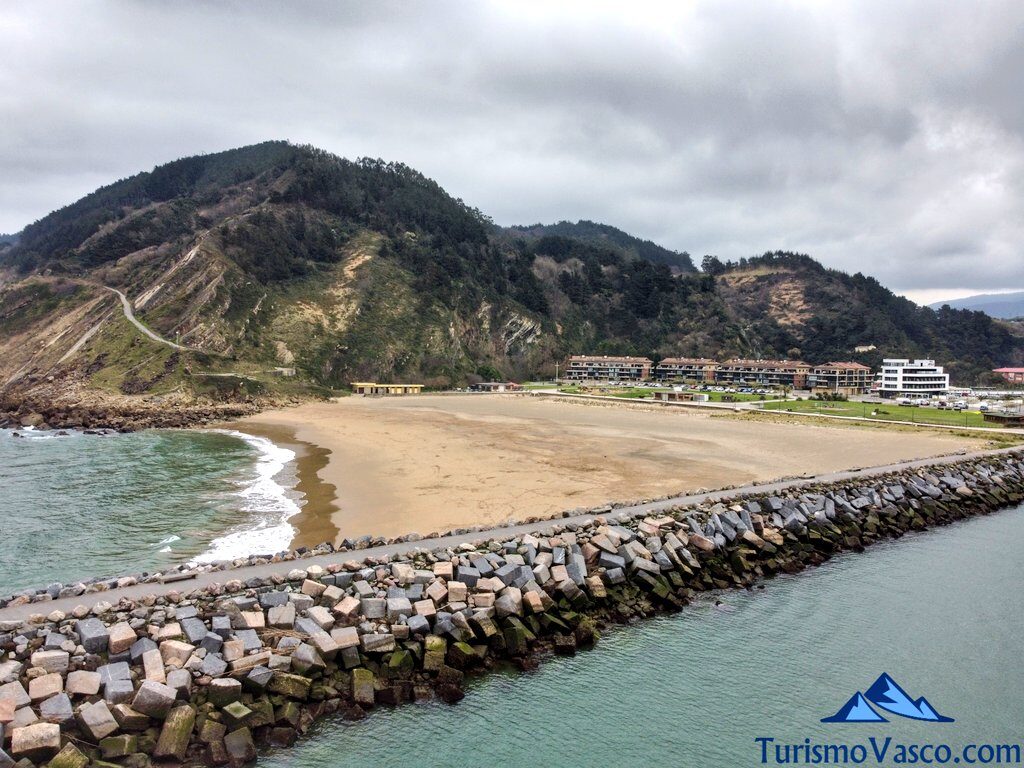 Today, Orio is still strongly linked to fishing, the Camino de Santiago and rowing. A town that, thanks to these 3 aspects, is visited by thousands of people every year. And spaces such as the historic center or the beach are combined with culinary experiences such as tasting a good sea bream in the purest Orio style, to offer us an irresistible plan. Do you dare to visit Orio with us?
Today, Orio is still strongly linked to fishing, the Camino de Santiago and rowing. A town that, thanks to these 3 aspects, is visited by thousands of people every year. And spaces such as the historic center or the beach are combined with culinary experiences such as tasting a good sea bream in the purest Orio style, to offer us an irresistible plan. Do you dare to visit Orio with us? 
Information about Orio.
- Online reservations: Here.
- Population: More than 6,000
- Attractions: Coast, gastronomy, culture and history.
- Location: Orio, Gipuzkoa, Euskadi.
This stretch of the Basque coast offers us the opportunity to enjoy both the beach and the mountains. In addition to the aforementioned beaches of Orio (Antilla and Oribarzar), there are also hiking trails that run through the municipality. In this sense we must say that there are routes both along the cliffs and inland. If you are looking for more information about Euskadi remember that you can also follow us on Twitter, Facebook, Instagram or YouTube. 
What to see in Orio.
If you are planning your trip to Orio, we recommend you to read this section carefully. In it you will find everything we recommend you to see in Orio. We hope it will help you to plan your trip. 
Antilla Beach: Antilla is the most important sandy beach in Orio. The main beach of the town. A space located at the mouth of the river Oria, which, protected by the cliffs offers us to enjoy the tranquility of the sea. The environment that surrounds this beach was reformed in 1997 to attribute more than 3000 square meters to this sandy area. Next to this beach we find a playground for the smallest of the house, as well as bars and restaurants. This beach has during the bathing season with toilets, showers, lifeguards… 
Oribarzar Beach: The small Oribazar beach is one of the most unknown and quiet places in Orio. Located near the fishermen’s guild of the town, in front of the marina, this Basque sandy beach depends largely on the tides. Being on the other side of the estuary, on the opposite shore to the town center, very few people decide to go to this beach. 
Marina: The marina of Orio was inaugurated in 2007 to offer more than 290 moorings. A fact that allows sailing enthusiasts to enjoy this stretch of the Basque coast in style. This port has capacity for a maximum length of 12 meters and a maximum draft of 3 meters. In case of having a boat with superior characteristics it is necessary to contact with its responsible. This nautical space is located on the right bank of the mouth of the Oria River, next to the Antilla beach. 
Church of San Nicolás de Bari: This church, built in the 17th century on the site of the old parish church of Orio, is undoubtedly the most important religious temple in the town. In the interior of this church, remains of the previous building can still be seen, such as the old tombs. Historical elements that provide even more interest during the visit to this architectural jewel. The present temple, of baroque style, has 3 access doors connected by a very interesting passageway. 
Camino Santiago: Orio has been a land of pilgrimage for centuries. And the fact is that this town is located in the middle of the Way of St. James of the coast. Between the twelfth and thirteenth centuries Orio underwent a great urban change, partly due to the economic and social impact of the pilgrims themselves. Today Orio is still an important part of the Camino de Santiago and in addition to the usual pilgrim hostel Orio also has the Interpretation Center of the Camino de Santiago. 
Old town: The old part of Orio, the old town, transports us to the Middle Ages. This small labyrinth of streets built in the thirteenth century allows us to enjoy truly amazing buildings. The cobbled streets, the coats of arms on the facades and the colors of the windows will enchant you. We encourage you to walk through Goiko Kale and the rest of the streets surrounding the Church of San Nicolas de Bari. 
Goiko Kale: Goiko Kale, Goiko Kale in Basque, is the main street of the old town. Here you will find houses from all periods. Unique structures, which, together with the medieval structure of this architectural ensemble make us want to capture this impressive corner of Euskadi in our retinas. We recommend that you look carefully at each of the houses that you will find along the way. It is well worth it. 
Jorge Oteiza: Jorge Oteiza Embil is, together with other artists such as Benito Lertxundi, one of the most important characters of Orio. This Basque sculptor (Orio 1908 – Donostia San Sebastian 2003) is one of the most important Basque artists in our history. But he not only stood out as a sculptor, he also published poetry, another of his great passions. If you want to know his work closely, you can enjoy the large number of pieces that exist in towns and cities throughout Euskal Herria or visit his museum in Alzuza, Navarra. However, for us, one of his masterpieces is in Arantzazu. And it was this Basque artist who designed the apostles that we find on the main facade of this Basque temple. Amazing. 
Oria River: This river is one of the most important in the province of Gipuzkoa, and is that after being born in the mountains of Aitzgorri and crossing towns like Zegama, Idiazabal, Beasain, Ordizia, Tolosa or Andoain, it flows into the Bay of Biscay next to the beach of Orio. It is undoubtedly the longest river with the largest flow in the province of Gipuzkoa. 
Herriko Plaza: Herriko Plaza, the town square, is the nerve center of Orio. It is here, where some of the most important events of the town are held. Thanks to the works carried out in 2020, this space has become pedestrianized, making it accessible to everyone. 
Fishing Port: Orio does not have a fishing port as such, and it is common to find large boats moored on one side of the estuary. That is, it is the typical port that is located on the banks of the estuary, at the mouth of the Oria. It is curious how we can be having a drink, strolling or eating, while we have just a few meters away the traditional fishing boats of Orio. Thanks to the different breakwaters that protect the urban center of Orio, the port of the town was declared a port of refuge. 
Viewpoint: Next to the beach, on the right side, we find a path that leads to a viewpoint that allows us to enjoy beautiful views of the sea and the town. A small walk of about 500 meters with ascending slope that the oriotarras are accustomed to use during their tours of the town. 
Bird Park: This bird park is located next to the parking lot of the Antilla beach, a small space where you can see roosters, rabbits, geese, ducks and some other species. It is a park of municipal property, in which a pensioner contributed his grain of sand, and is that Pako Barjakoba Martinez, had more than 25 years taking care of them selflessly. Unfortunately Pako passed away in 2007. 
Rowing: Orio is a town that has always lived facing the sea. In fact, the Orio rowing boat has an incredible record of victories. More than 800 victories. More than 700 flags won. Although many of you may already know this, we always like to point out the origin of this great Basque sport. And it is that the origin of the Basque traineras comes from whale hunting. 
Stela monolith: In 1988 the Department of Transport and Public Works of the Basque Government commissioned the artist Agustín Ibarrola a series of sculptures to be placed in those ports in which the autonomous community had competences. This sculpture, stele or monolith can be found in 12 Basque ports among them: Plentzia, Armintza, Bermeo, Mundaka, Elantxobe, Lekeitio, Ondarroa, Mutriku, Getaria, Orio and Hondarribia. 
Although in this section we have presented the most beautiful places in Orio, we have not mentioned all of them. If you want to know in detail this Basque municipality we recommend you also visit places like the Natural Park of Pagoeta or the Hermitage of San Martin de Tours. 
History of Orio.
The origin of Orio is in the church of San Nicolas. A space, which in 1180 was within the boundaries of the town of Donostia San Sebastian. And is that the town that we present today was once a coastal village dependent on the capital of Gipuzkoa. At that time the Way of St. James was already an important part of the daily life of Orio. An example of this is the remains of the Jacobean road that are preserved in the vicinity of the hermitage of San Martin de Tours. In 1379, with the sole purpose of developing the small fishing port and its urban center, Juan I of Castile granted the Town Charter to found the town of Villareal de San Nicolas de Orio. Although many people do not know it, that was the original name of the town. As many of you already know, Orio was part of that network of villages that created some of the best ships in the 16th century. Most of them oriented to whale fishing in Canada. The Basque people were some of the best boat builders and whale fishermen in the 16th century. An example of this can be seen today by visiting Pasaia and Albaola. Today Orio is still a town strongly linked to the sea. A fact that can be appreciated just by strolling through its streets. 
Video of Orio.
As usual, we wanted to complement the words and photographs in this article with a short video. An audiovisual with which we intend to show you in a more real way what awaits you in this small Basque village. We hope it will be of help to you. In case you like this kind of videos we recommend you to subscribe to our YouTube channel so you can discover all the places and experiences that we recommend you in Euskal Herria.
Where to park in Orio.
The town of Orio has OTA (Traffic and Parking Ordinance) in practically all its urban center. So we recommend that you look very carefully where you park your vehicles. You can check it by the marks painted on the pavement itself as well as by the different signs that we find in the urban center. Parking in Orio may be expensive, but we assure you that the fines are even more expensive. If you are looking to park a motorhome in Orio, we recommend you to use the AC area that the municipality of Orio has created under the highway, near the beach. This is a parking area where you can park for a maximum of 10 hours (from 10:00 to 20:00) and you cannot stay overnight. This area has the usual services (filling of clean water, emptying of sewage…). 
Where to eat in Orio.
The gastronomy of Orio is an authentic marvel. Its star dish, the sea bream, is one of the most demanded delicacies of our coast. A dish that we have had the opportunity to taste in different establishments. A dish that has always conquered us. We recommend it. If you want to know our opinion, we recommend 2 establishments: Xixario and the winery Katxiña. The first is an establishment of all the life, a classic. While the second is an establishment that, following in the footsteps of its predecessor, the restaurant of the same name, also offers the possibility of enjoying its own wines. In Xixario, the sea bream and the food is more classic, better in our opinion, while Katxiña offers better views and a much larger establishment. We have already told you everything, now it’s your turn to choose. On egin! 
Where to sleep in Orio.
In our reservation center you will find accommodations all over the Basque Country. Nearby and rural establishments, from where we recommend you to know each and every one of the spaces that we recommend on our website and social networks. Undoubtedly the best option to know Euskal Herria. 
How to get to Orio.
If you are planning your trip you will surely be interested in knowing what are the best options to get to Orio. Here are the options we recommend to get to Orio by public and private transport.
- Private transport: The best option is to use the A8 highway. If we arrive from Donostia San Sebastian, exit Orio – Aia, if we arrive from Bilbao, exit Zarautz. Although it is slower, the N634 highway from Donostia San Sebastian or Zarautz can also be a great option.
- Public transport: If you opt for public transport you can use both bus and train. The best option for the bus goes through the line Zumaia, Donostia San Sebastian, Zumaia of Euskotren, while if you decide for the train we recommend the line Donostia San Sebastian Bilbao with stop at the station Aia Orio.

Festivities in Orio.
The patron saint festivities of Orio, San Pedro and San Nicolás, are celebrated on June 29 and December 6 respectively. Festivities of great atmosphere that make the town full of life thanks to its varied program of festivities. Another of Orio’s festivities is totally linked to gastronomy, it is the Day of the Sea Bream, a festival held annually during the third week of July. Among the most important events in Orio we also find “Balearen Eguna”, a festival held every 5 years to remember the last whale that was fished in Orio in 1901. 
Kosta gastronomika.
The very name of this initiative makes its purpose clear. To promote 2 of the most striking attractions of the Urola Kosta region of Gipuzkoa (Zumaia, Getaria, Zarautz, Aia and Orio): the coast and gastronomy. That said, we should mention that we have been lucky enough to enjoy some of the activities of this project and we have loved them. Some examples of this initiative are the Orio style sea bream, the Aia cheese, the Zarautz market, the Getaria txakoli or the Flysch octopus. If you are interested in this kind of activities, we recommend you to take a look at our reservation center. 
What to see near Orio.
The towns and cities that surround Orio allow us to complement our getaway to this fishing village. We recommend you to consider the possibility of visiting some of the places we mention in this section.
What to do near Orio.
The towns surrounding Orio perfectly complement the experiences we can enjoy in this Basque town. We recommend you to take a look at our reservation center. We are sure that some of our activities will catch your attention.
As you have been able to see, Orio is a small coastal town that offers a wide range of spaces and experiences to enjoy. If you have any questions about what to see in Orio, we recommend that you use the comment system that you will find below these lines to send us all your queries. We will try to respond as soon as possible. Ondo pasa!


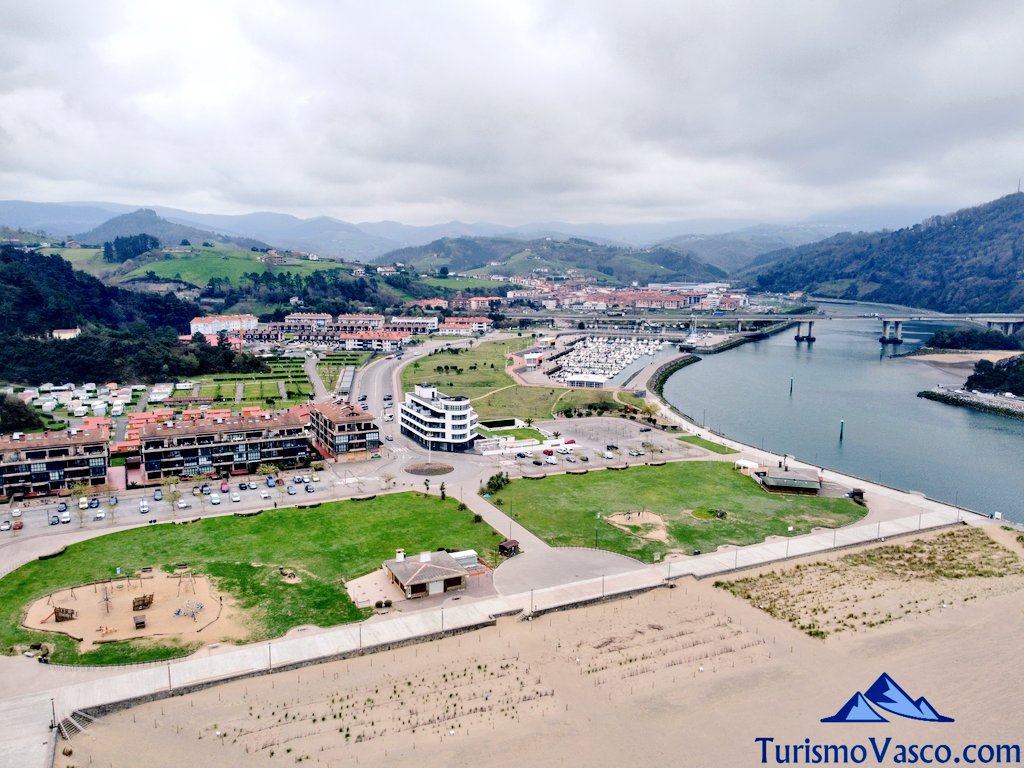
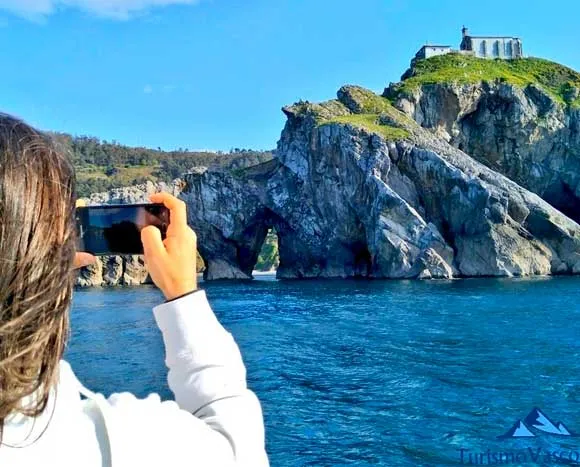
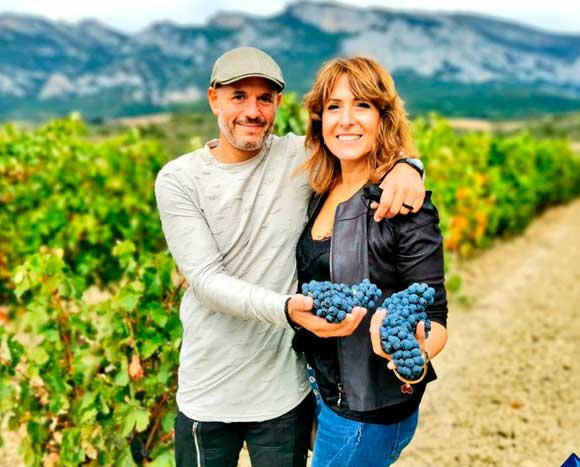

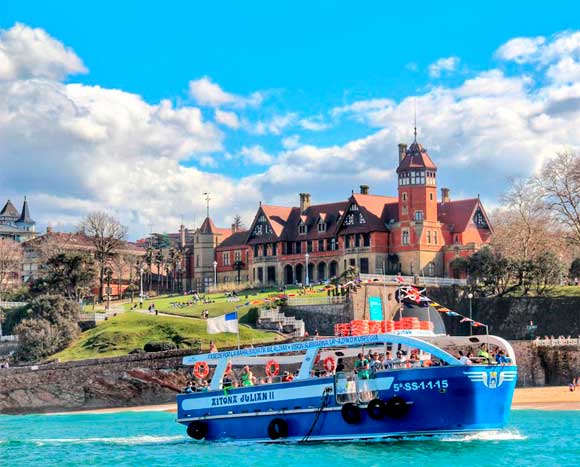
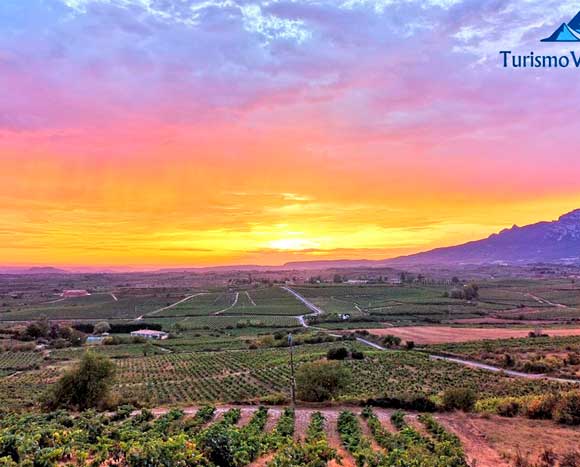







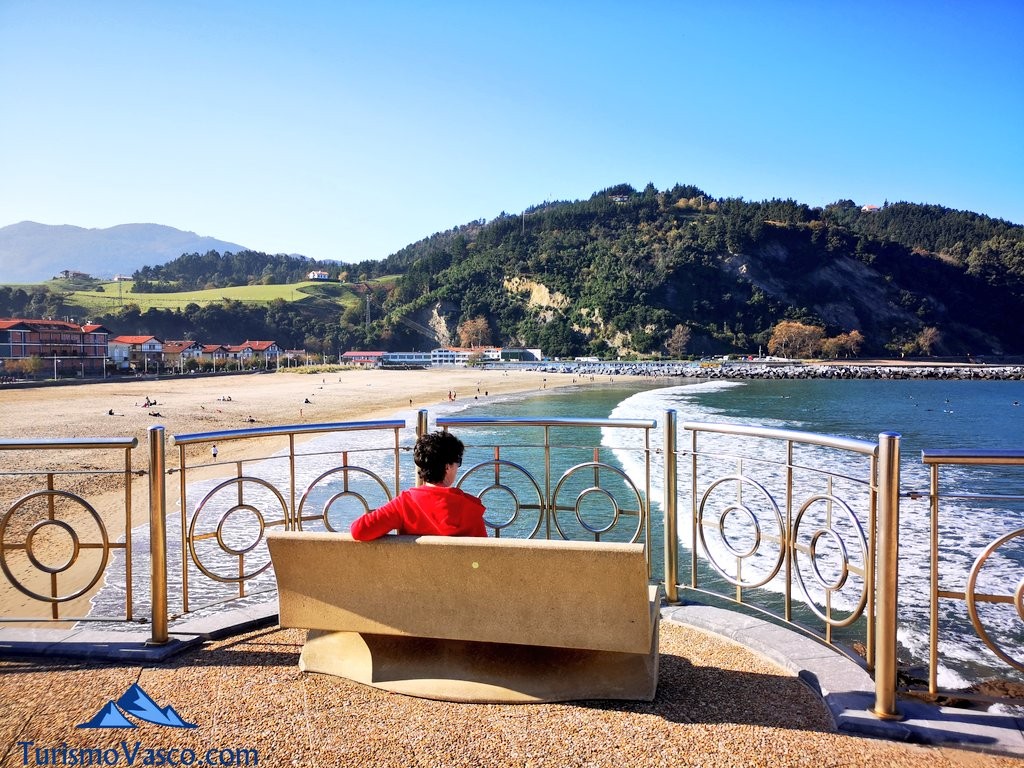



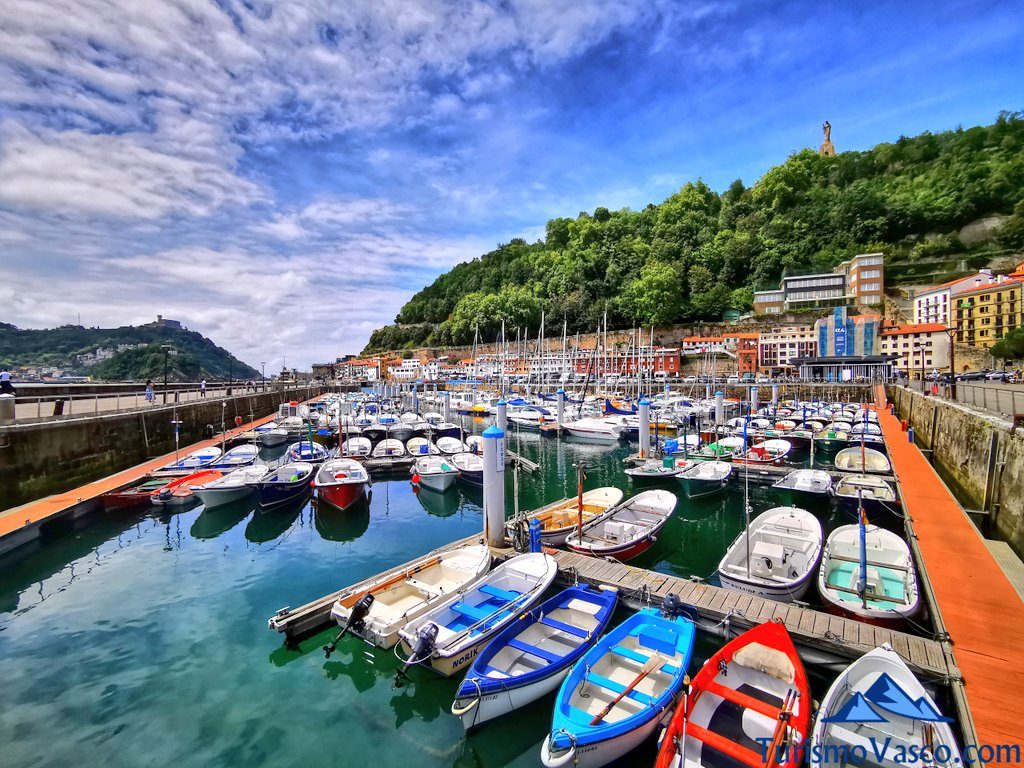
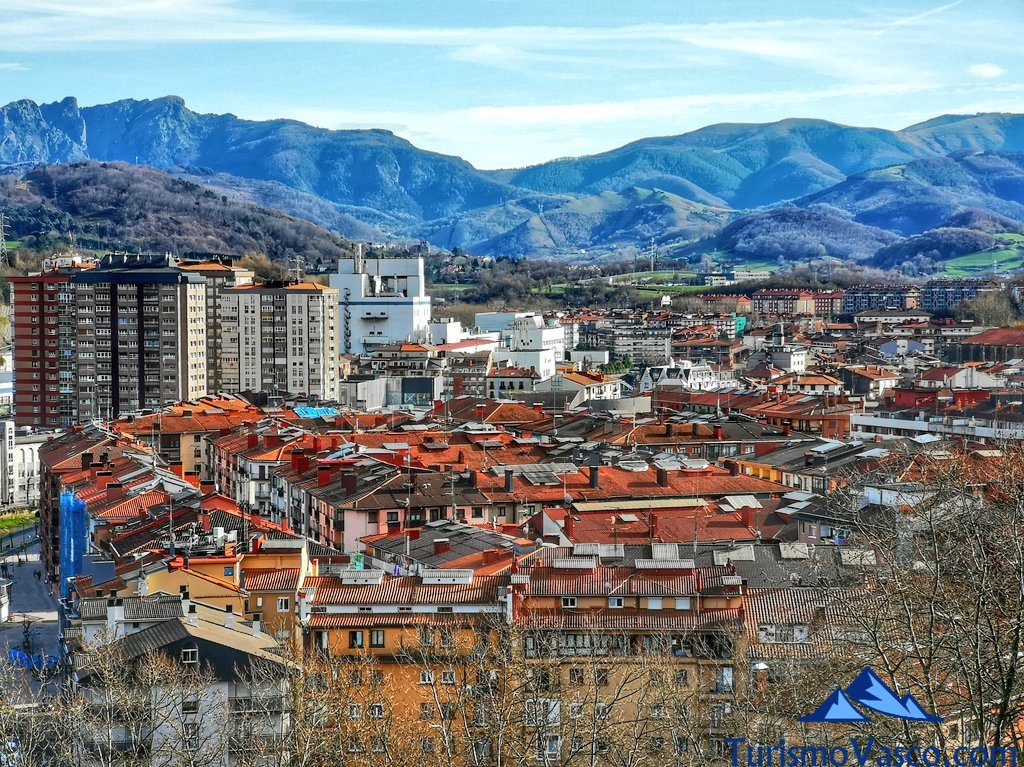







0 Comments